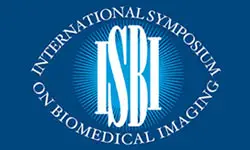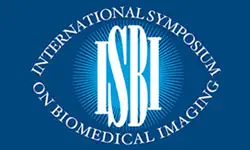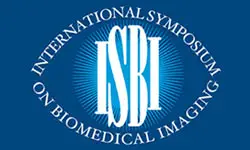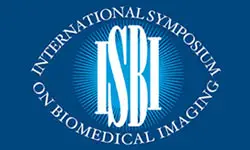-
Members: FreeSPS
IEEE Members: $11.00
Non-members: $15.00Length: 00:02:17
21 Apr 2023
We consider the real-world super-resolution (SR) problem for medical images from two distinct imaging modalities. Previous attempts either focused on image enhancement between similar imaging modalities or used the down-sampled or simulated low-resolution images as input to train their model. This method reverts the original high-resolution images, which reduces the clinical significance of the work. We, therefore, collect a dataset with paired clinical computed tomography (CT) and microcomputed tomography (?CT) of vertebra specimens and develop the progressive CT generative adversarial network (PCT-GAN) model to generate high resolution images. PCT-GAN is designed using the progressive strategy by first denoising the input clinical CT image and then increasing its spatial resolution. To encourage our model to generate trabecular bone details from clinical CTs, we propose to combine wavelet and edge losses with the L1 and adversarial losses for model training. Experimental results show that the proposed method outperforms the state-of-the-art methods in terms of quantitative measurements and visual results.



